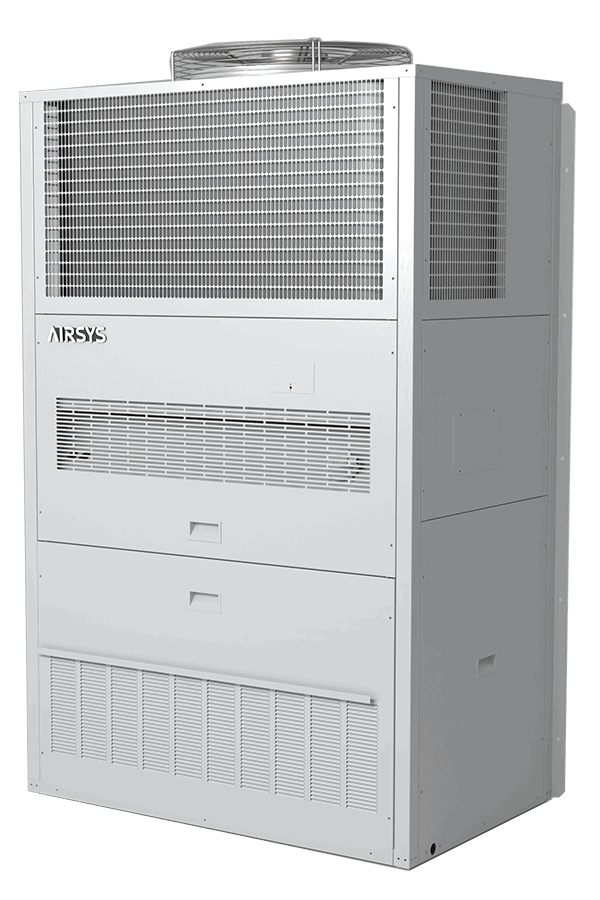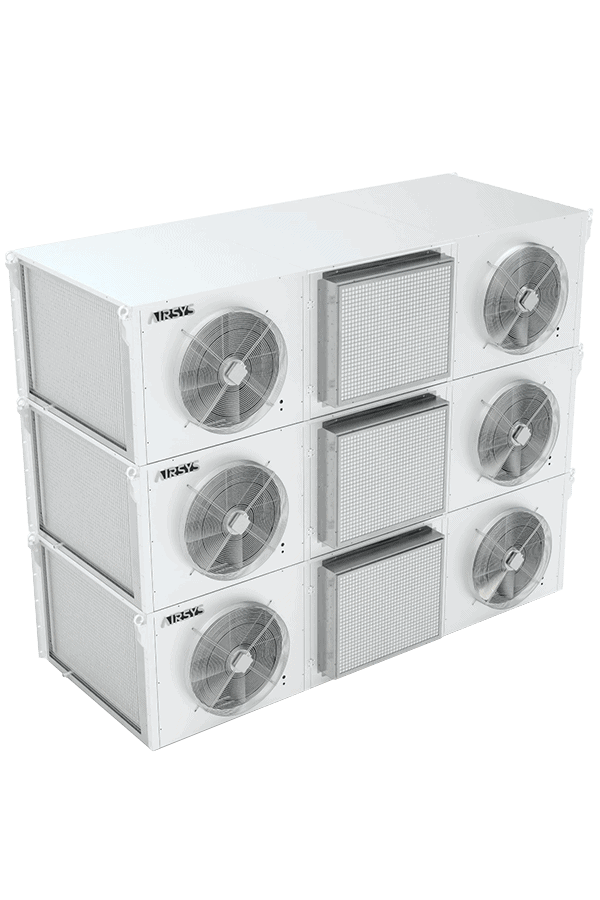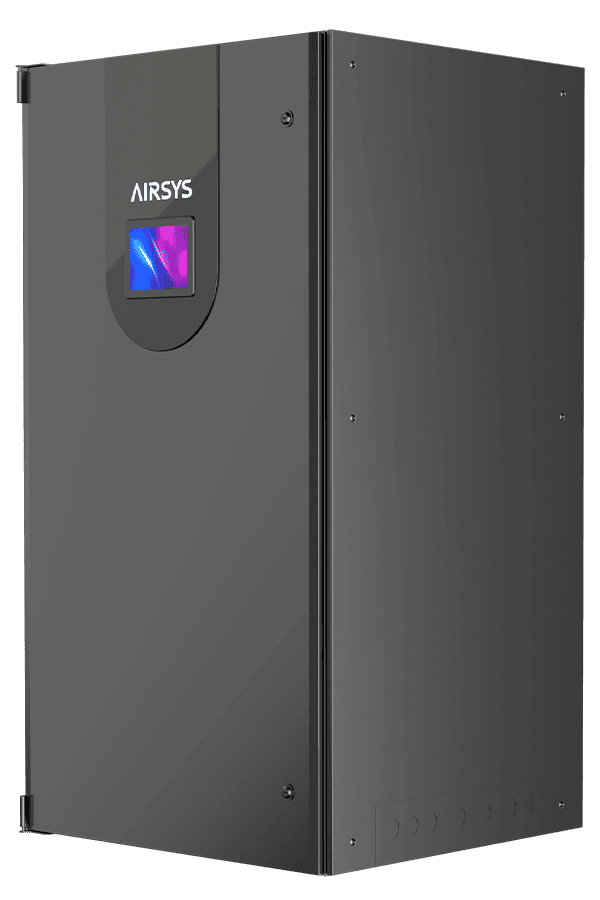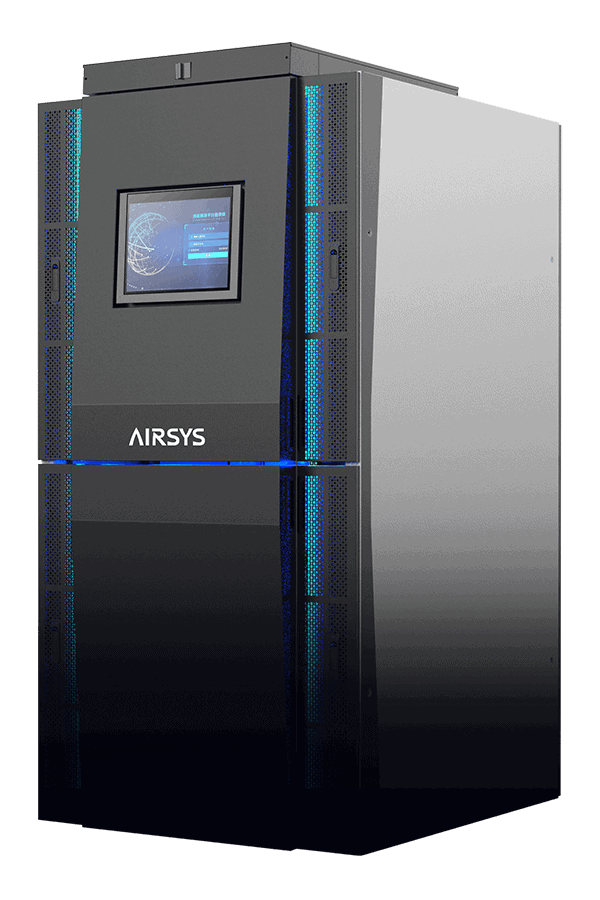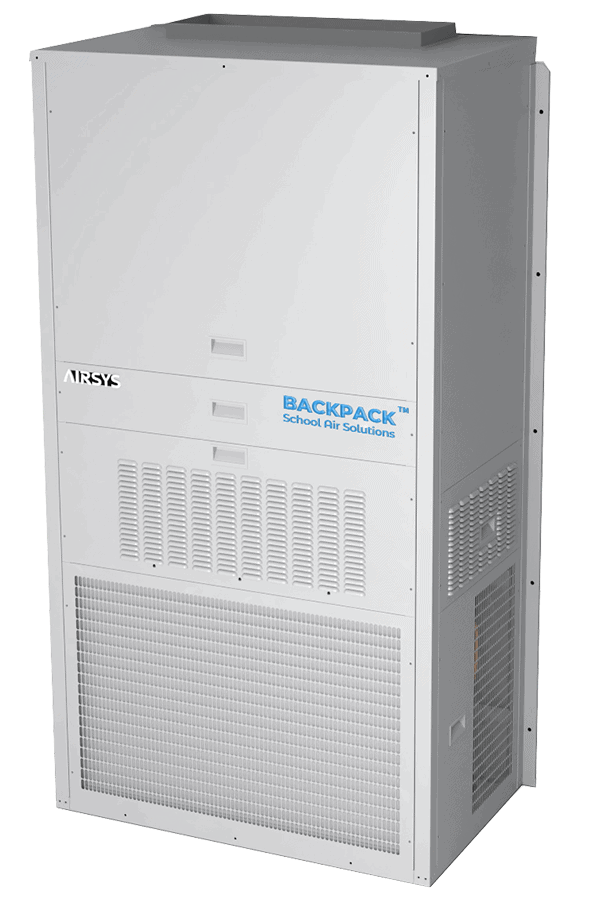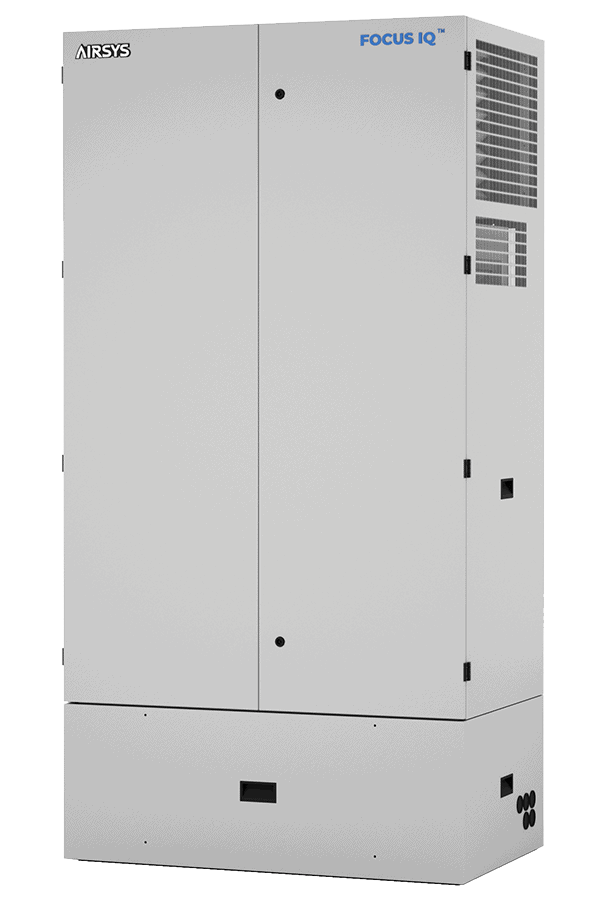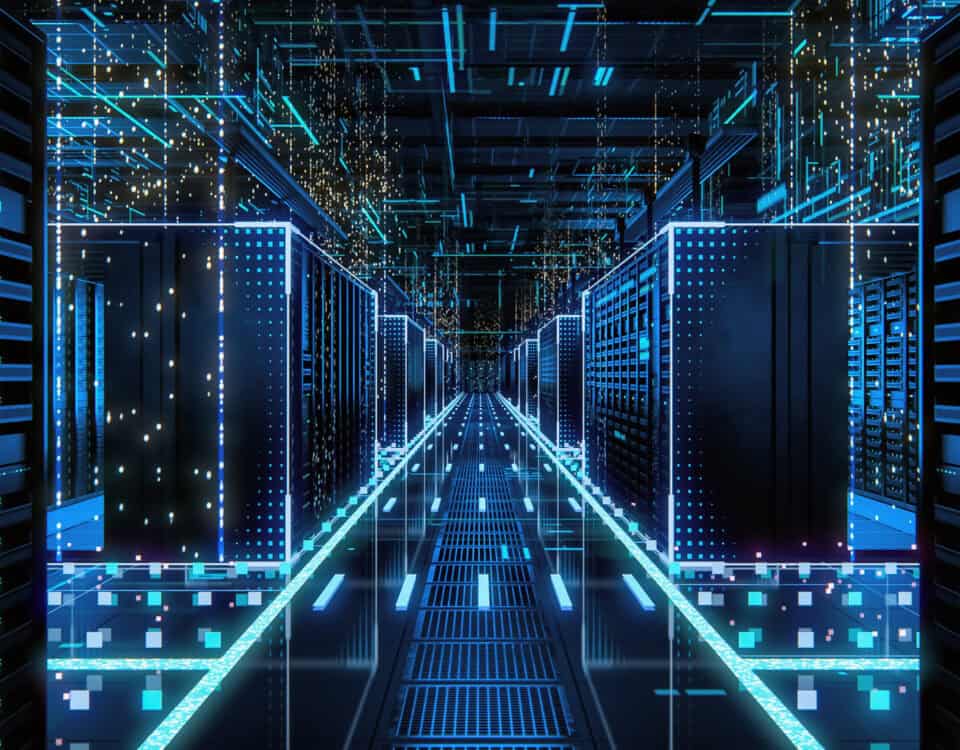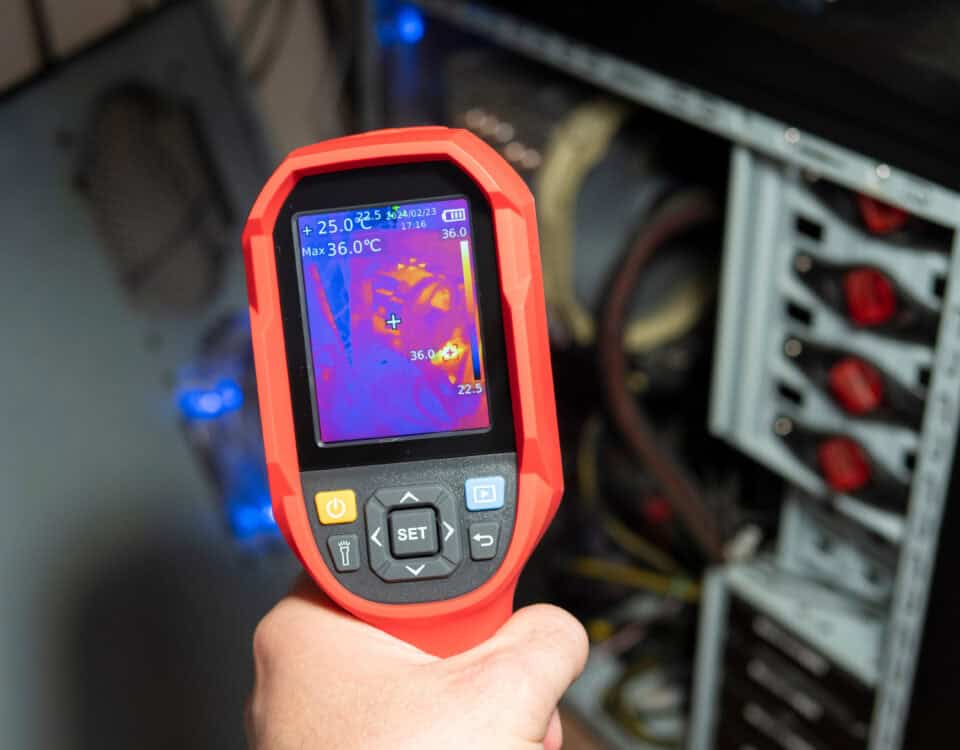
The Benefits of Modernizing Schools’ HVAC Systems
May 6, 2025
Cutting Edge Access: How Edge Data Centers Power America
June 3, 2025In recent years, a growing narrative has gained traction, suggesting that air cooling systems have reached their limits. We keep hearing industry leaders saying that “air cooling must go” and give way to liquid-based methods.
While there’s some truth behind the push toward liquid cooling, the situation is more nuanced. Air cooling vendors acknowledge that liquid cooling is here but at the same time, they continue to fulfill large air-based equipment orders, as many new data centers are still being designed around traditional chillers and HVAC systems.
So, what is truly unfolding in the liquid cooling vs. air cooling debate, and what is the most strategic path forward?
Why Some Say Air Cooling Is Nearing Its Limits?
Air cooling has been the cornerstone of data center thermal management for decades. Over the years, it has been continually refined with technologies such as precision cooling, hot and cold aisle containment, and free cooling that enhanced data centers’ efficiency and reliability, and reduced environmental impact. These innovations have helped air cooling remain viable even as computing demands have grown. However, the recent explosion of processing-intensive workloads — particularly those driven by AI, machine learning, and high-performance computing — has drastically changed the game.
Data centers are packing significantly more computing power into smaller spaces to accommodate these evolving needs. This consolidation of power means each rack consumes substantially more energy and generates correspondingly more heat, placing unprecedented pressure on cooling systems. In the past, when rack power requirements remained well below 20 kilowatts (kW), air cooling was more than sufficient to maintain safe operating temperatures. But today’s high-performing racks easily exceed 20, 30, or even 50kW, largely due to computing systems with CPUs and GPUs with much higher thermal power densities than previous generations.
While some air cooling systems can be stretched to meet these demands, these solutions tend to be inefficient This has led the industry to a critical point where some configurations can no longer be adequately cooled with air alone.
The Liquid Cooling Promise — and Its Tradeoffs
Why Liquid Cooling Gains Popularity
Liquid cooling has emerged as a compelling alternative to address the limitations of air cooling in modern data centers. As liquid cooling can mitigate heat better than air, it can efficiently handle workloads powered by high-performance CPUs and GPUs, such as AI model training, advanced simulations, and large-scale analytics.
Beyond its superior thermal performance, liquid cooling offers several other benefits. It reduces overall energy consumption to lower Power Usage Effectiveness (PUE) levels, uses significantly less water than many air cooling systems and supports a more compact infrastructure with less noise. This results in lower operational costs and a smaller environmental footprint. Additionally, maintaining lower and more consistent temperatures helps extend the lifespan of expensive hardware, making liquid cooling a practical and sustainable solution for next-gen data centers.
The Tradeoffs, Or Why Air Cooling Remains Relevant
While liquid cooling offers clear benefits, it brings its own set of challenges. A major concern is the risk of leakage— particularly in direct-to-chip systems — which can damage sensitive hardware and lead to costly outages. Location is another factor. In cooler climates, liquid cooling may not deliver significant gains, making it less practical in certain regions.
Financial considerations are also a key hurdle. Initial capital expenditures for liquid cooling can be considerably higher, depending on the technology and infrastructure readiness. Additionally, most data center teams are still unfamiliar with liquid cooling, often requiring specialized training or outside expertise to manage and maintain the systems. This adds complexity and ongoing costs, making the total cost of ownership (TCO) less predictable than proponents might suggest. While studies indicate that the capital expenditure gap is narrowing — particularly for immersion cooling — uncertainty remains.
Air cooling, by contrast, is well-established, widely understood, and easier to implement. It generally comes with lower upfront costs and avoids the risks associated with liquids near electronics. Data center personnel are already trained to work with air-cooled systems, and tasks like component swaps or airflow adjustments are straightforward. As a “tried-and-true” solution, air cooling continues to be relevant and often the preferred choice in many scenarios.
The Future Is Hybrid
For now, air cooling isn’t going anywhere, mainly because no alternative is perfect. With that in mind, the liquid cooling vs. air cooling discussion is evolving toward a more nuanced understanding, suggesting it is unlikely that future data centers will rely solely on air or liquid cooling. Instead, the trend is shifting toward hybrid solutions that leverage the best of both worlds. Rather than replacing air systems entirely, many facilities are integrating liquid cooling technologies to supplement and enhance existing infrastructure.
This hybrid approach allows data centers to optimize cooling based on workload demands and environmental conditions. By alternating between liquid and air cooling where each performs best, data center operators can improve efficiency, reduce water and power usage, and maintain system stability. While not every facility can support a hybrid setup, even a partial implementation (for example, 80% air and 20% liquid) can yield meaningful advantages.
Optimizing Cooling for the Next Era of Data Demands
Liquid cooling has been a buzzword in the industry, and while AI hardware does require liquid cooling, air cooling is far from being obsolete. These discussions should serve as an invitation for data center operators and engineers to reassess their cooling strategies, consider the industry’s direction, and begin planning for the future.
AIRSYS is dedicated to helping data centers navigate the evolving cooling landscape with sustainable, high-performance solutions that optimize energy use while minimizing environmental impact.
As you plan your cooling strategy for both current and future needs, explore our advanced data center cooling systems and get in touch to ensure your infrastructure is prepared for the data boom ahead.

